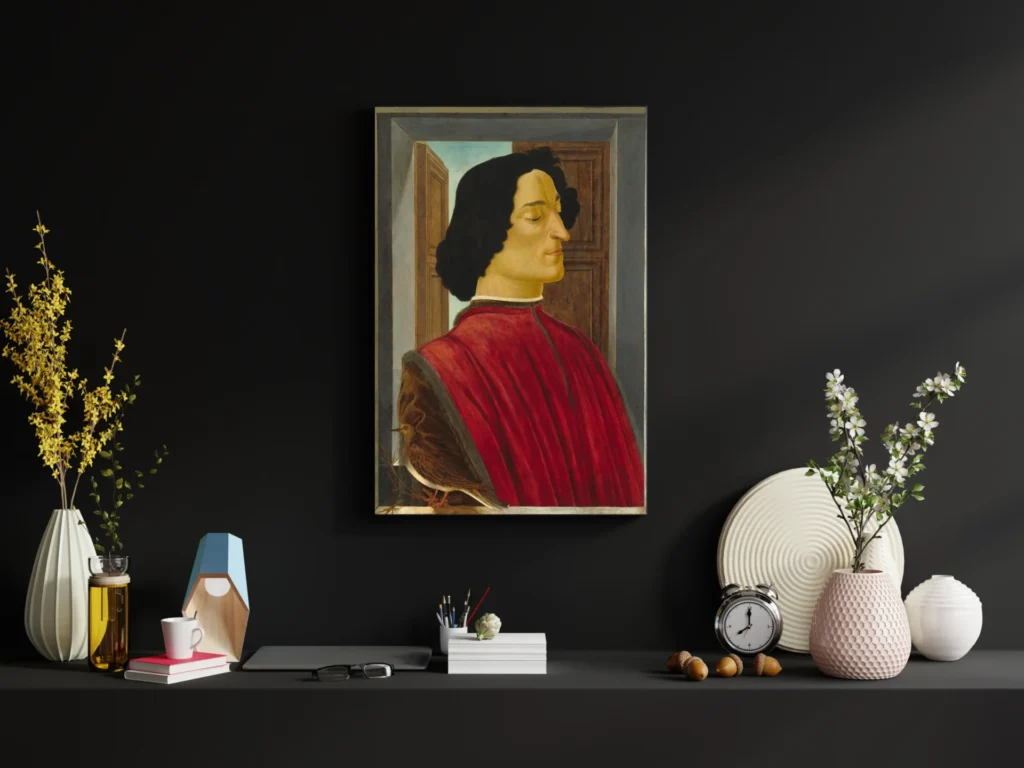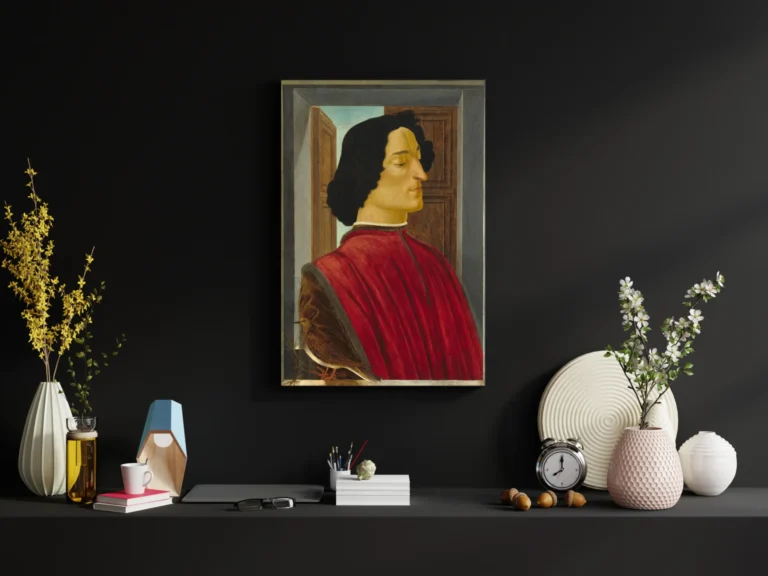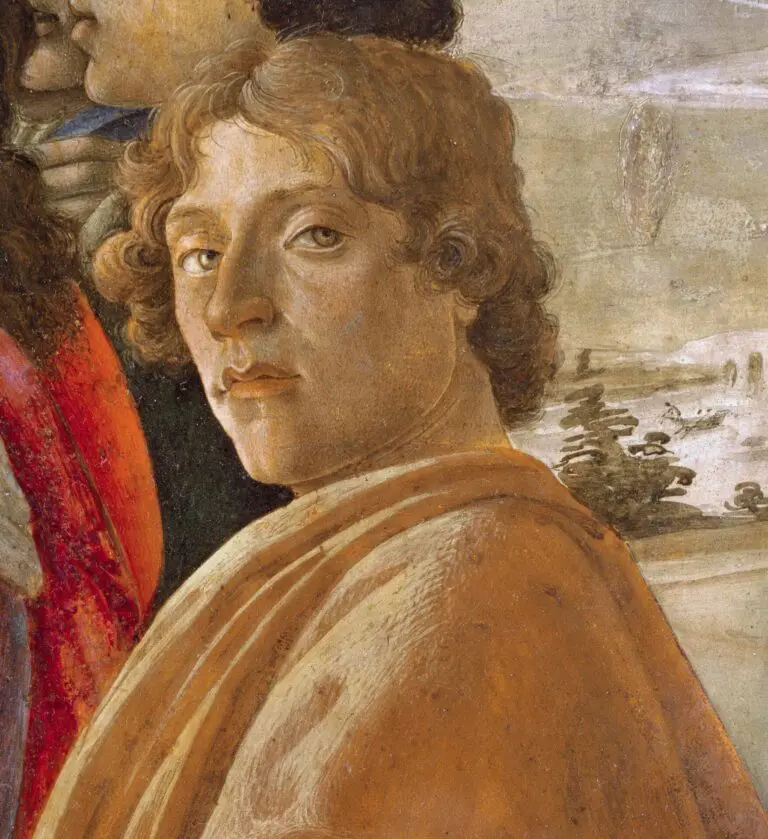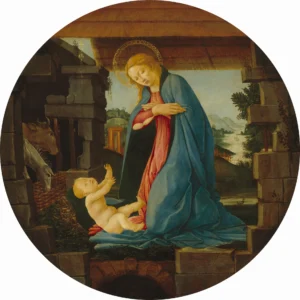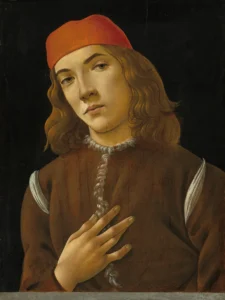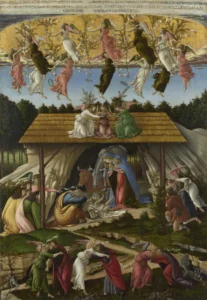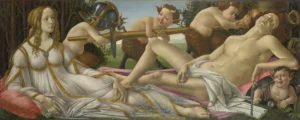Portrait of Giuliano de Medici (1478-1480)
Created around 1478-1480, 'Portrait of Giuliano de' Medici' showcases the esteemed figure Giuliano, a victim of political intrigue during the turbulent times of Renaissance Florence. Botticelli employs tempera and oil on a panel, demonstrating his mastery of technique and color. The tragic narrative surrounding Giuliano's assassination adds depth to the painting, making it a poignant memorial to a lost noble. This work is recognized through its various versions, each contributing to the legacy of the Medici and the artistic prowess of Botticelli.
1478-1480
About the Artwork
The story behind 'Portrait of Giuliano de' Medici' is deeply intertwined with the political landscape of Renaissance Florence. Giuliano, a skilled knight and member of the revered Medici family, faced a premature death due to the Pazzi conspiracy, a plot to overthrow the powerful Medici rule. Created shortly after his assassination, this portrait served as a solemn tribute to Giuliano and a reminder of the fragility of life amid power struggles. Lorenzo de' Medici, his brother, commissioned the portrait, and it's believed Botticelli utilized a marble bust created from Giuliano's funeral mask for accuracy. The painting's existence in multiple versions across esteemed institutions signifies not just Botticelli's artistry, but also the influential legacy of the Medici family in the realm of art and politics.
Did You Know
The Medici family was one of the most influential families in Florence, playing a critical role in the political and cultural development of the city during the Renaissance. Their patronage of artists and philosophers significantly shaped the course of art history.
The Pazzi Conspiracy was an attempt by the Pazzi family and others to overthrow the Medici family in 1478. The plot tragically resulted in the assassination of Giuliano de’ Medici in the Florence Cathedral, which destabilized the political landscape of the time.
Botticelli is known for his unique style, characterized by flowing lines and a sense of grace. His ability to convey emotion through subtle facial expressions and intricate drapery is evident in ‘Portrait of Giuliano de’ Medici,’ showcasing his place as a master of the Italian Renaissance.




